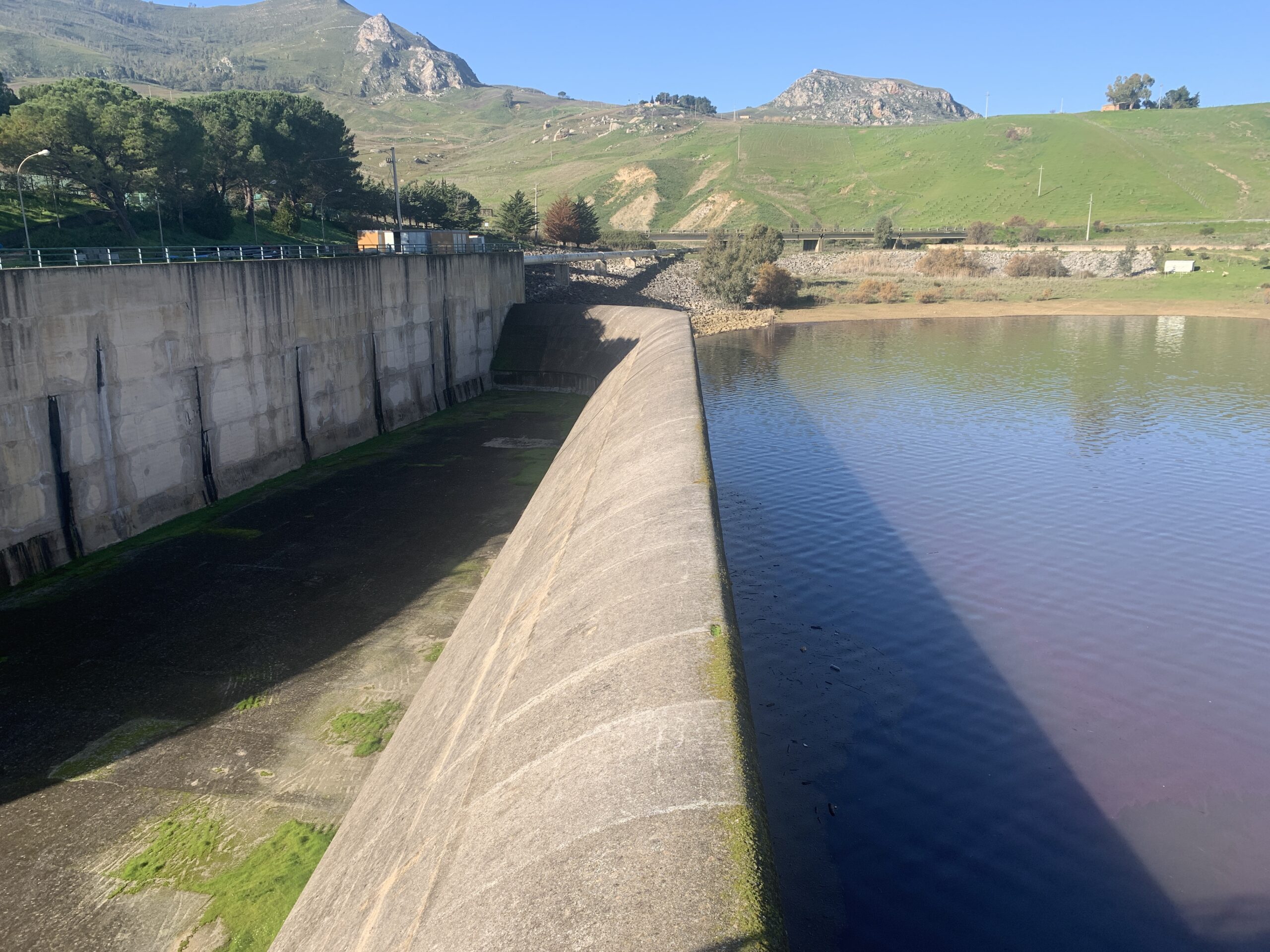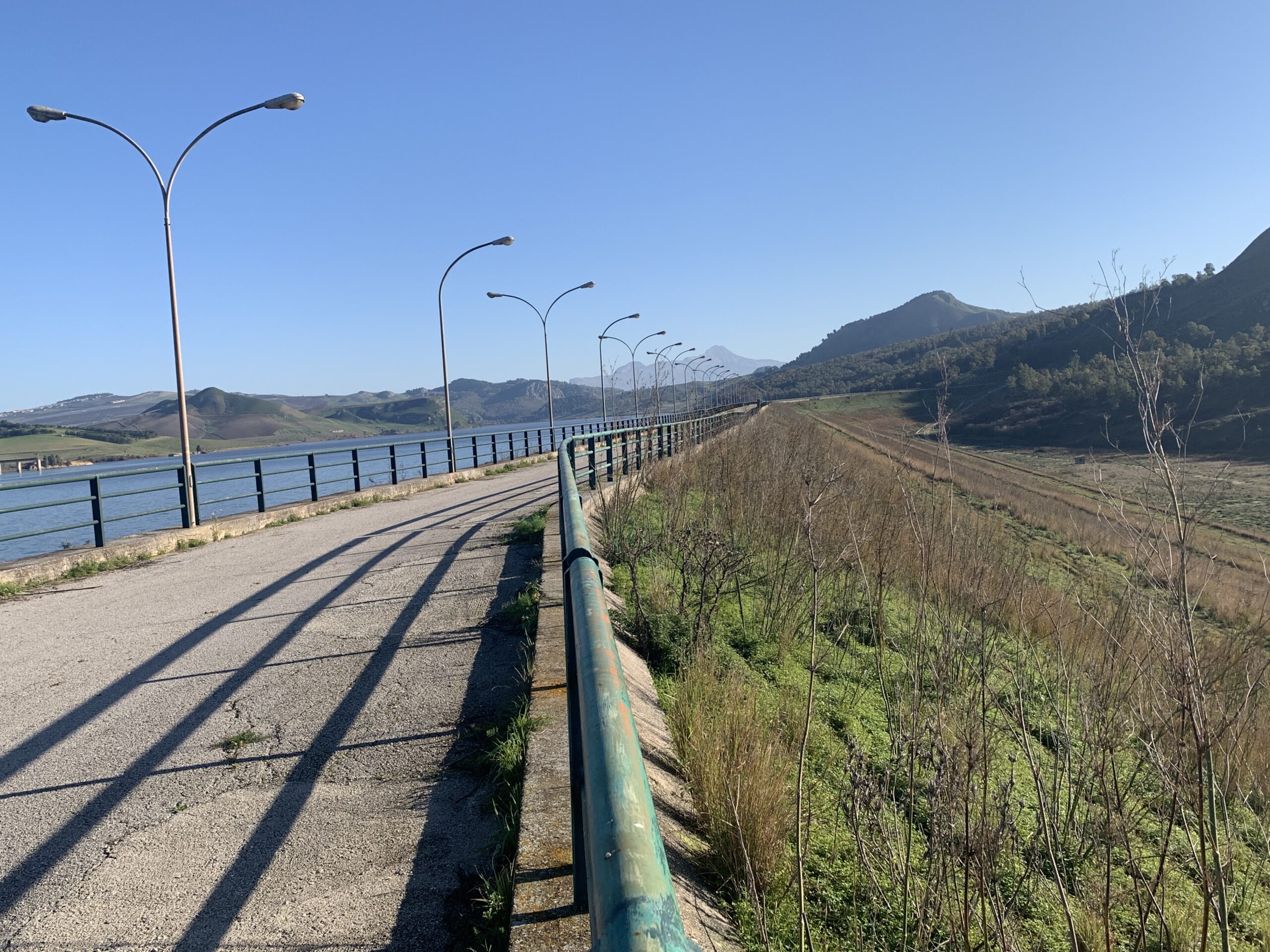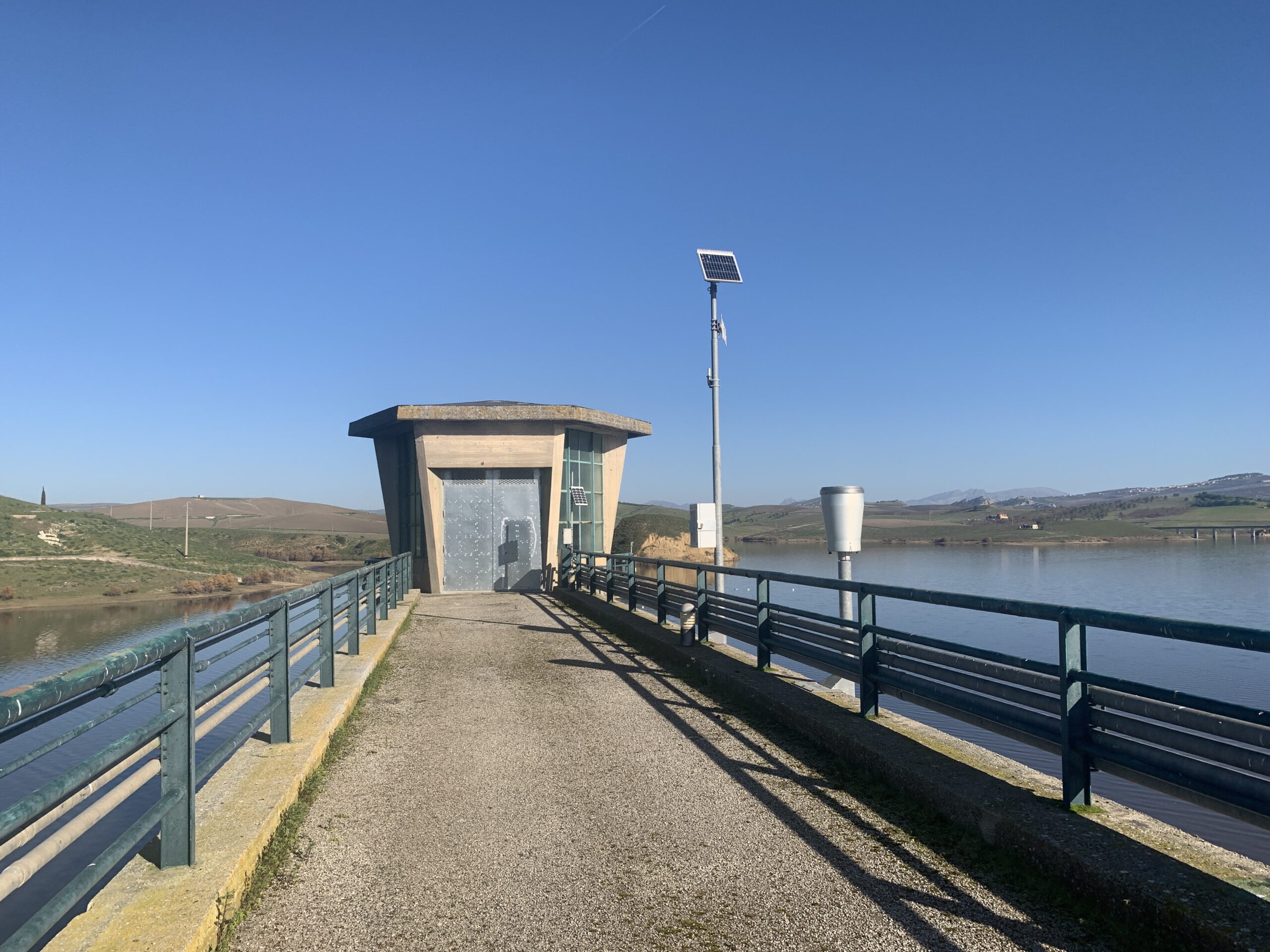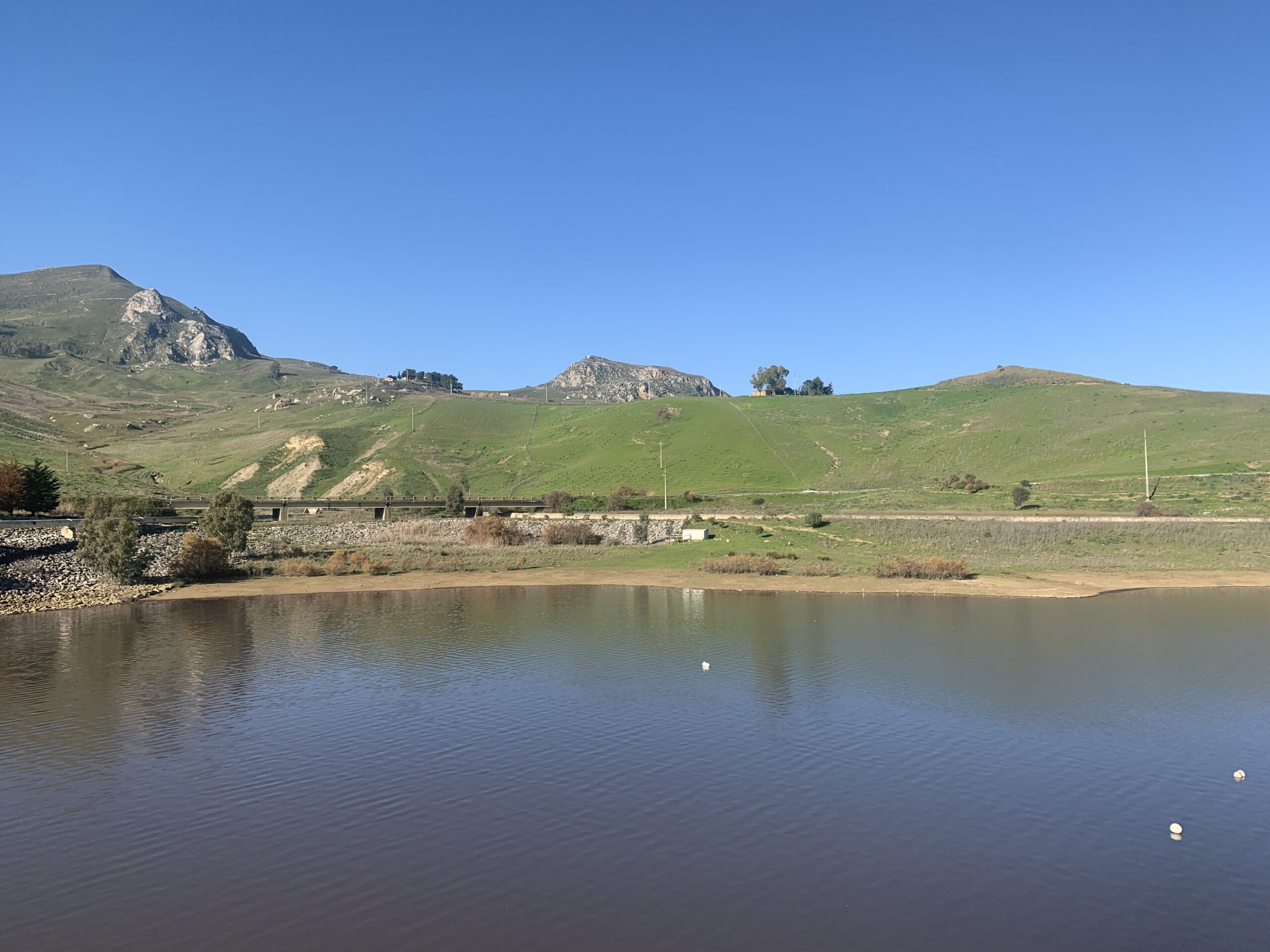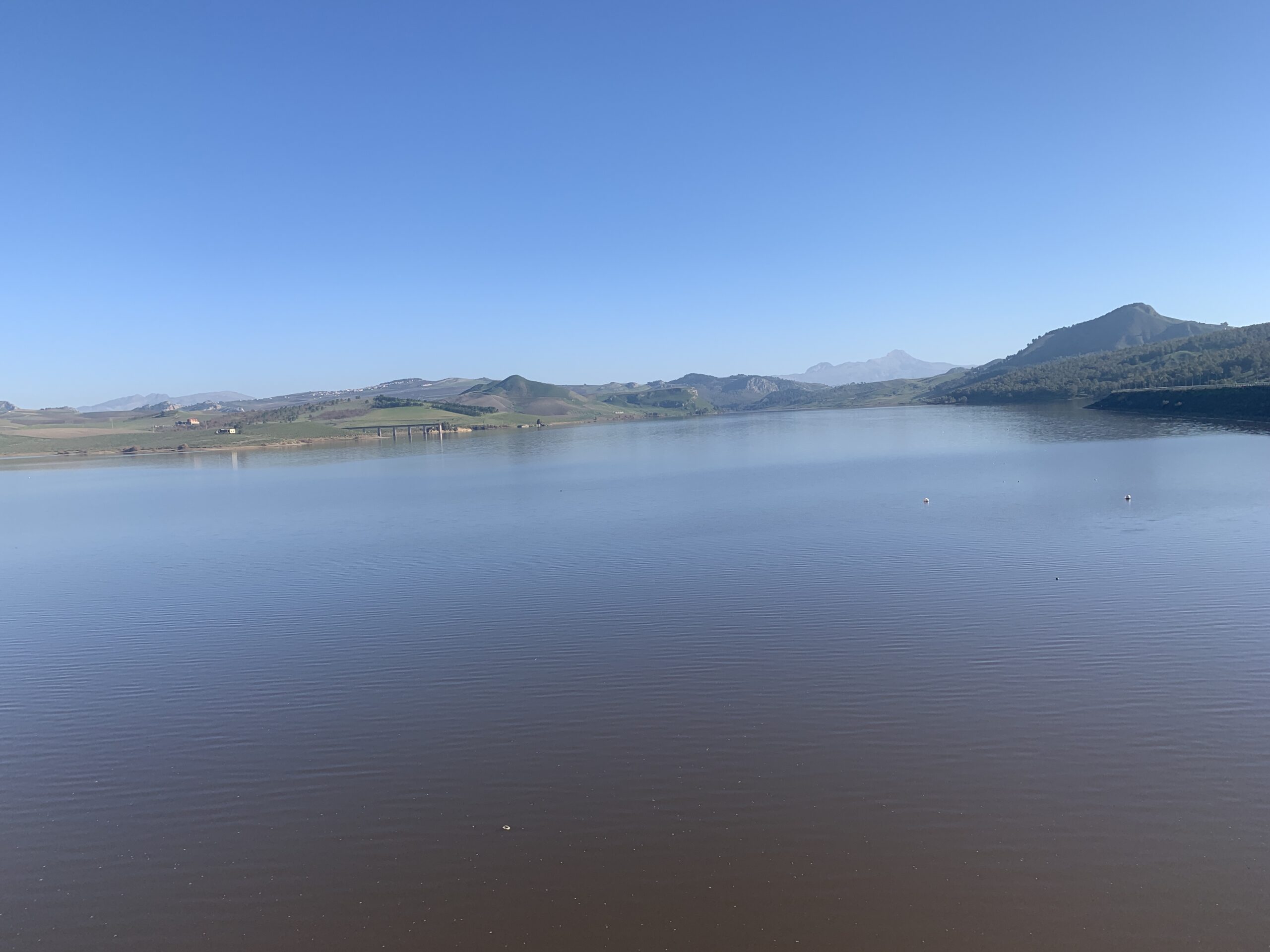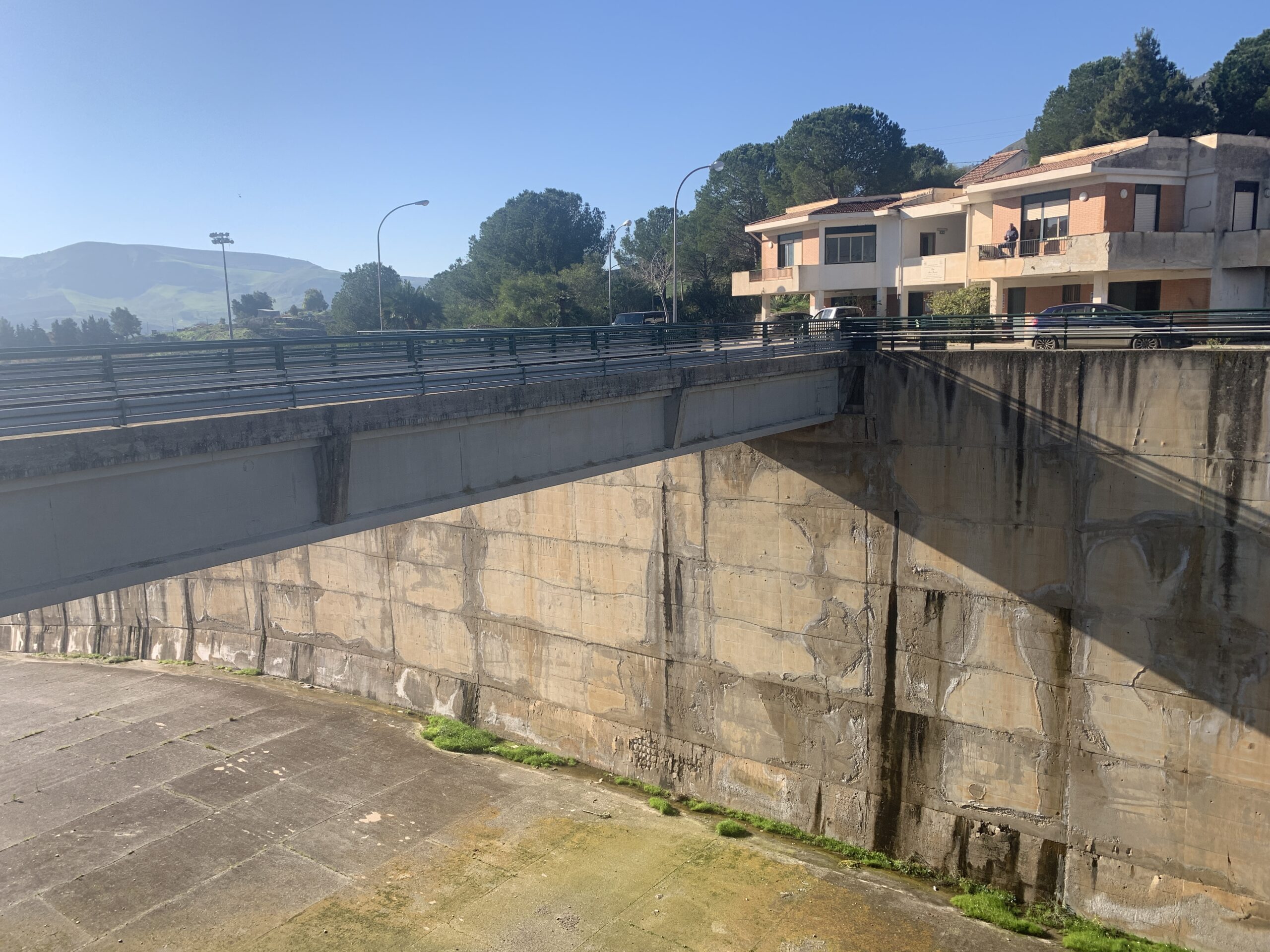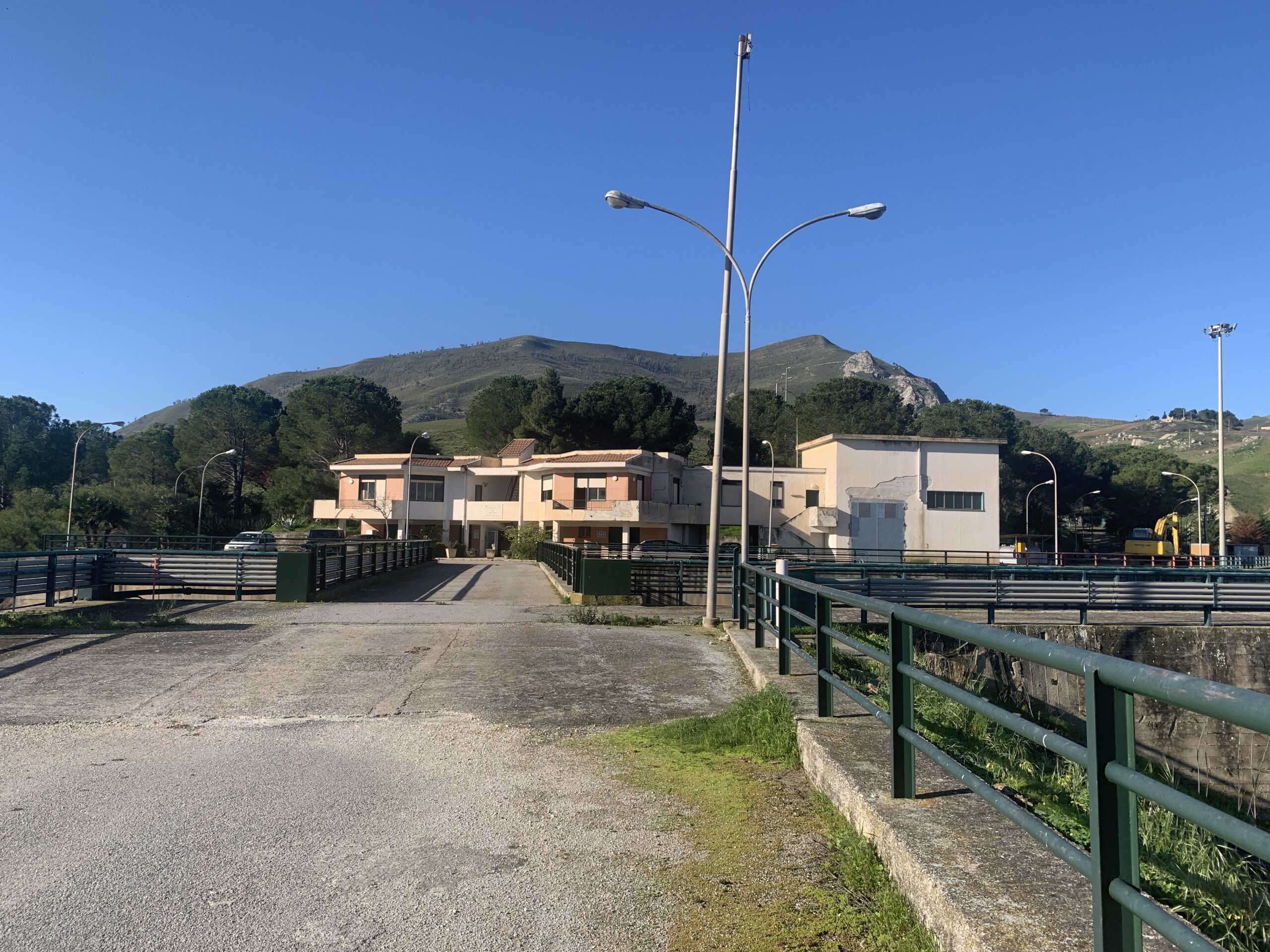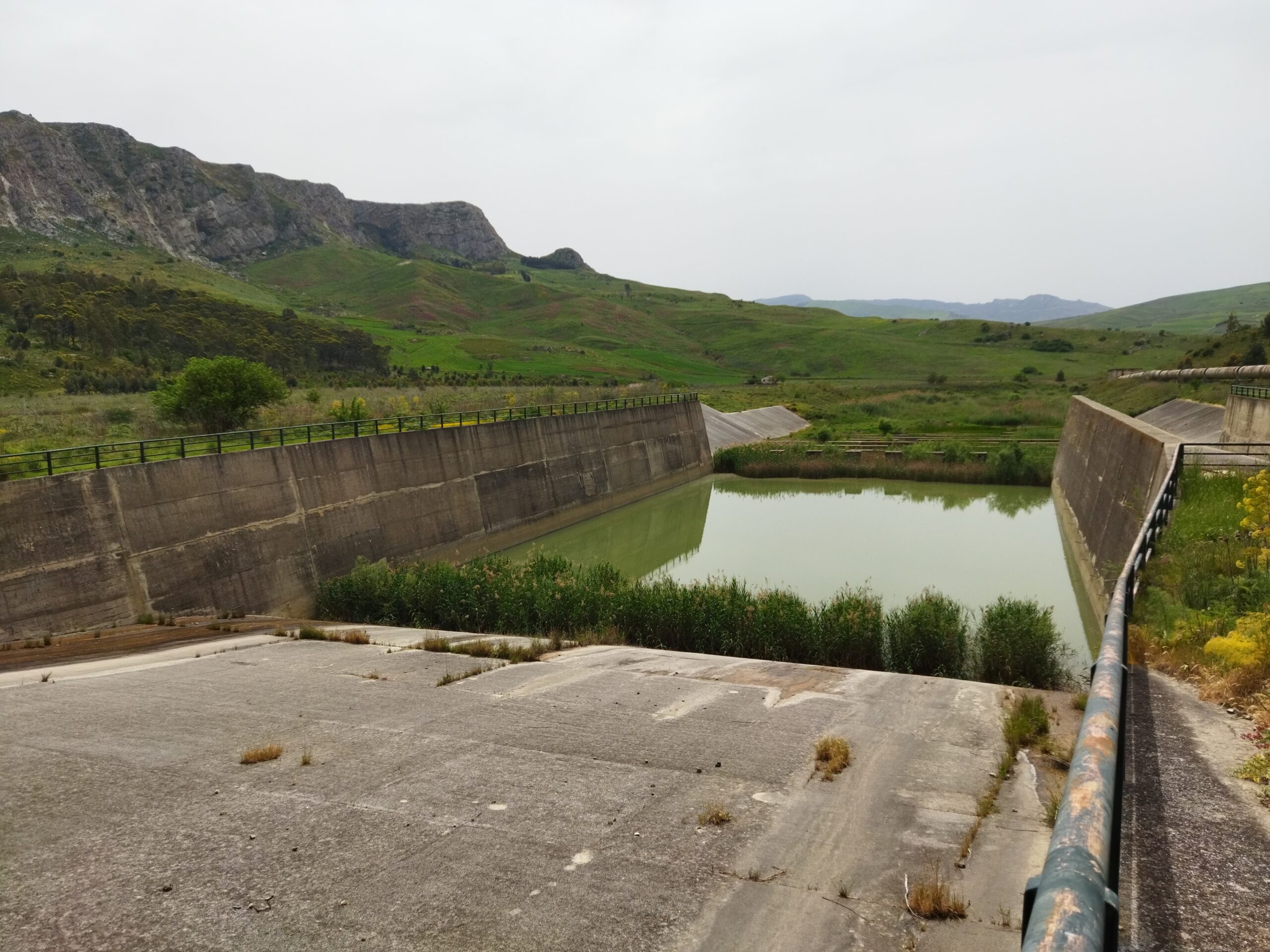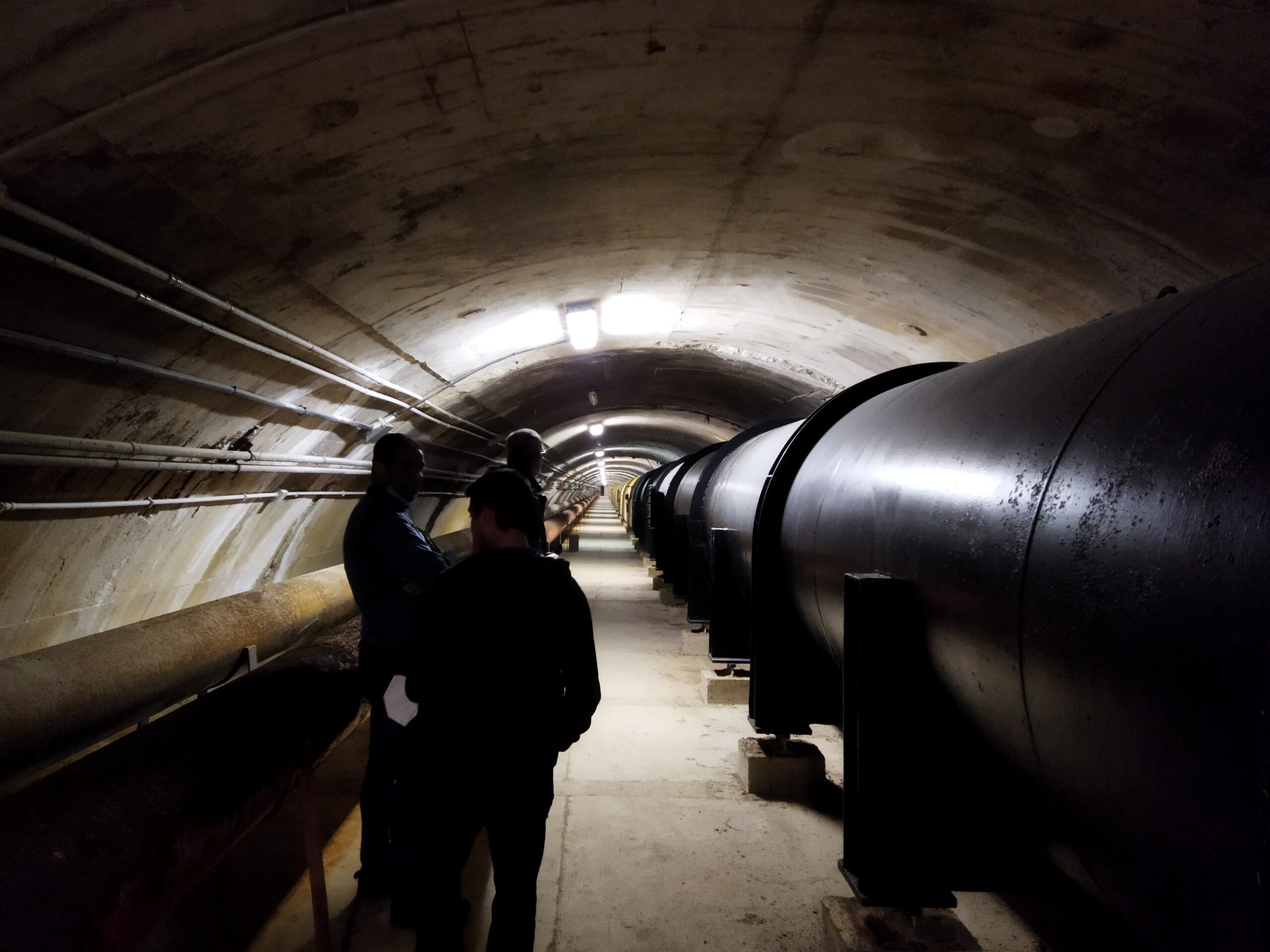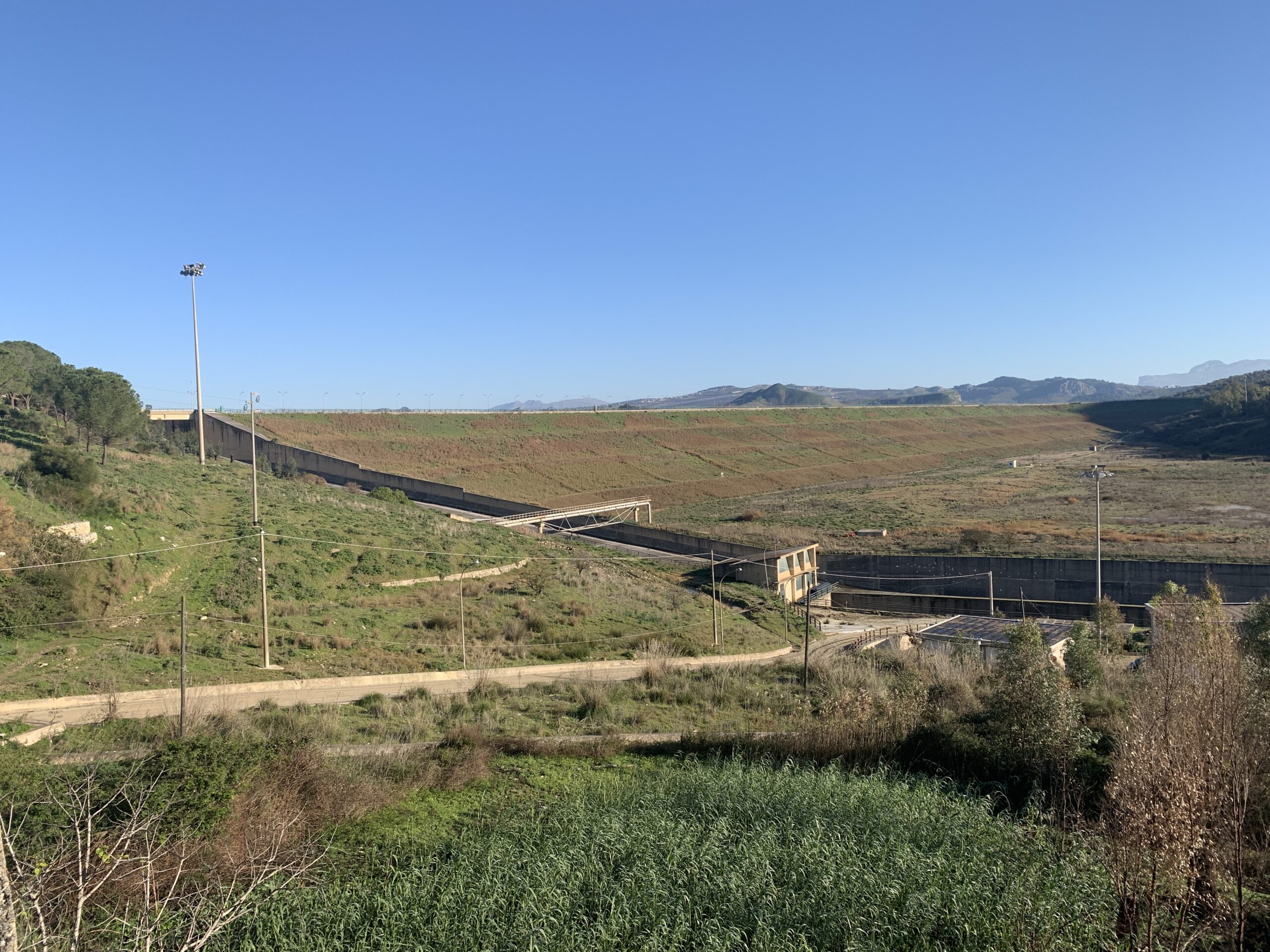
Area
Infrastructure design
Tunnels and GeotechnicsService
Static and seismic checks of reinforced concrete structures and the dam
Client
Palermo Irrigation Consortium 2
Total Amount
n.d. euro
Execution period
2022-2023
The service concerns the static and seismic verification of all reinforced concrete structures (overflow spillway, retaining walls, intake tower, maneuvering cabin/well gate chamber, diversion tunnel, bottom outlet tunnel, gate chamber/well tower, guardhouse, etc.) and the earth dam in accordance with the so-called NTD 2014 regulations, namely Decree 26 June 2014, “Technical standards for the design and construction of retention barriers (dams and weirs),” and the NTC 2018 “Technical standards for constructions.”
The Garcia Dam is an important hydraulic infrastructure built by the former Consortium for the Upper and Middle Belice in the early 1980s following the damming of the Left Belice River, whose waters were mainly used for irrigation purposes in the area but now also serve domestic water needs.
The dam collects runoff from an approximately 310 sq km basin and has a maximum retaining height of 37.95 m. Its crest, spanning 1,143 m, is located at an elevation of 200 m above sea level and can hold a water volume of about 60 million cubic meters.
Constructed using loose materials, with a central sealing core made of silty materials and embankments composed of coarse-grained materials, specifically limestone for the upstream side and calcarenitic materials for the downstream side, the dam has a nearly straight alignment for most of its length, except for a slight curve in the right sector for better adaptation to the shoulder’s terrain.
Overall, the facility includes the dam, discharge and intake structures, all the necessary complementary works for access and surveillance, as well as the connection to the neighboring Vaccarizzo stream, with a diversion intake and piped conveyance. The discharge structures comprise a free overflow spillway with an open-channel dissipator, bottom outlets, and an auxiliary outlet, both located in tunnels. The irrigation and drinking water intake structures are integrated into the discharge tunnels.

